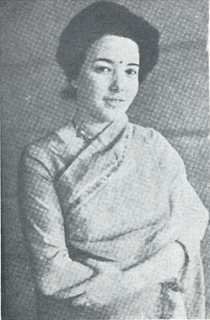New facts on Anandaman-Nicobar and British fall
Azad Hind Government" was declared on the 21st of October 1943. INA freed the
Andaman and Nicobar islands from the British
and were renamed as Swaraj and Shaheed islands. The
Government started functioning.
Bose wanted to freeIndia Burma India Delhi
Chalo (Let's march to Delhi Hiroshima and Nagasaki Japan Singapore
at that time and decided to go to Tokyo
The Indian people were so much enamored of Bose's oratory and leadership qualities, fearlessness and mysterious adventures, that he had become a legend. They refused to believe that he died in the plane crash. The famous Red Fort trial wherein Bose's generals and the INA officers were tried, became landmark events. Initially, the British Government thought of a court-martial, but there was a countrywide protest against any kind of punishment. For common Indians, Axis and Allied powers hardly mattered, but they could not tolerate punishment of fellow countrymen who were fighting for freedom. The British Government was in no position to face open rebellion or mutiny and a general amnesty for INA soldiers was declared.
While Bose's approach to Indian freedom continues to generate heated debate in the Indian society today, there is no denying of his burning patriotism, his tireless efforts to freeIndia
Bose wanted to free
The Indian people were so much enamored of Bose's oratory and leadership qualities, fearlessness and mysterious adventures, that he had become a legend. They refused to believe that he died in the plane crash. The famous Red Fort trial wherein Bose's generals and the INA officers were tried, became landmark events. Initially, the British Government thought of a court-martial, but there was a countrywide protest against any kind of punishment. For common Indians, Axis and Allied powers hardly mattered, but they could not tolerate punishment of fellow countrymen who were fighting for freedom. The British Government was in no position to face open rebellion or mutiny and a general amnesty for INA soldiers was declared.
While Bose's approach to Indian freedom continues to generate heated debate in the Indian society today, there is no denying of his burning patriotism, his tireless efforts to free
This article is in
courtesy of Dr. Jyotsna Kamat, a historian
from Bangalore


Comments
Post a Comment